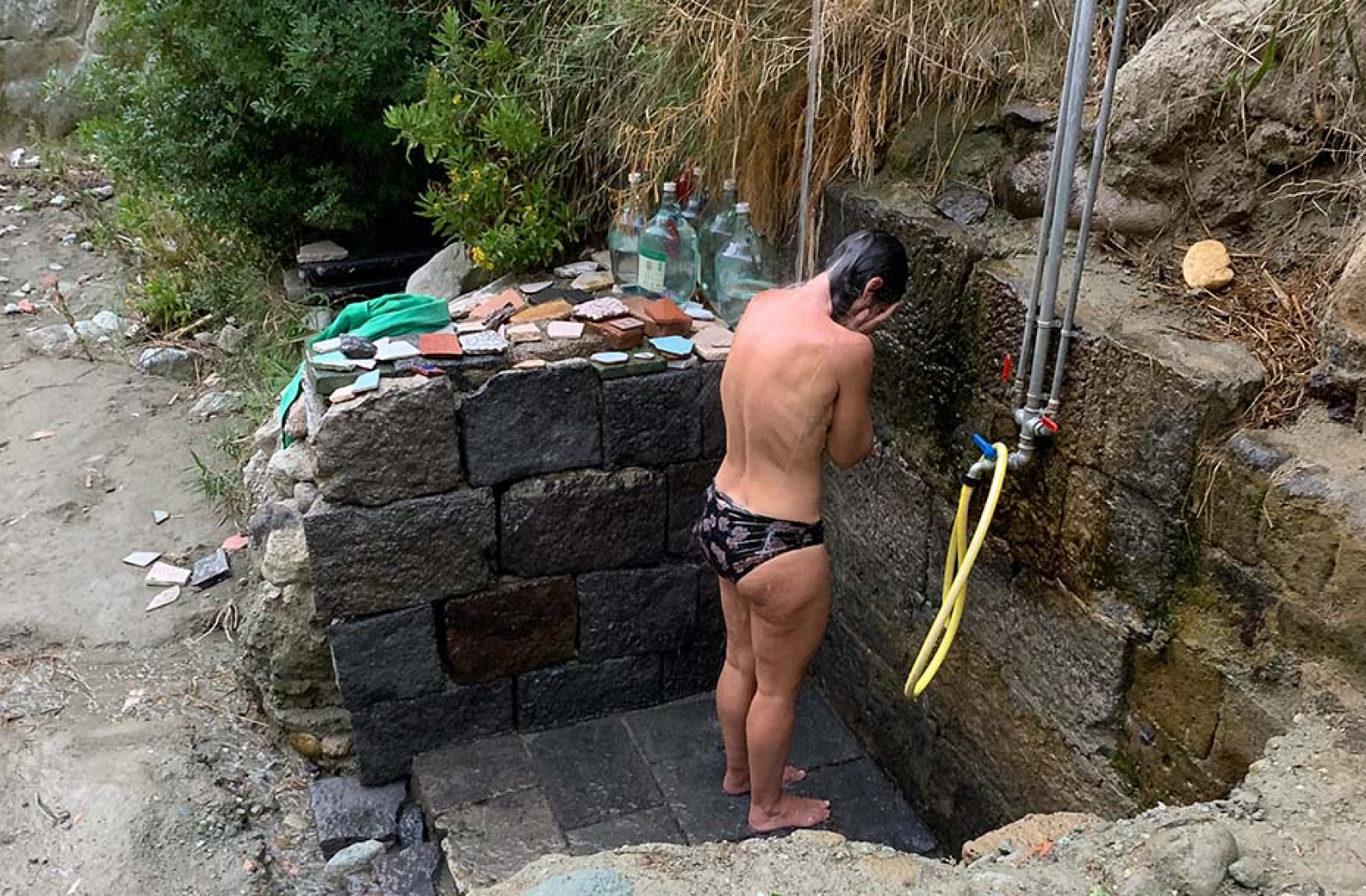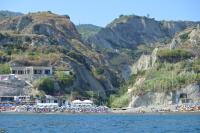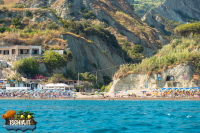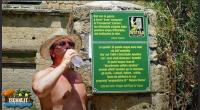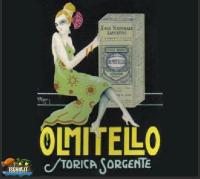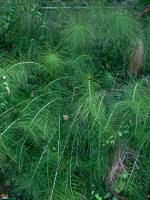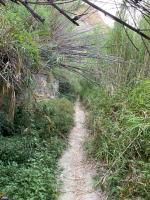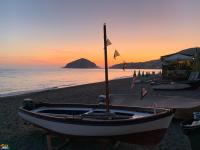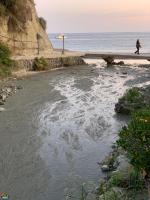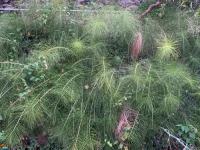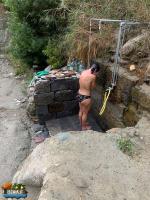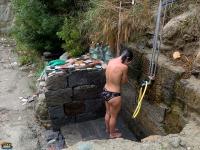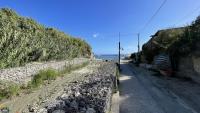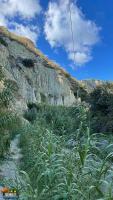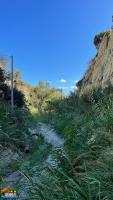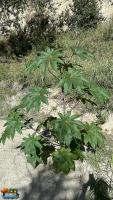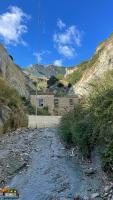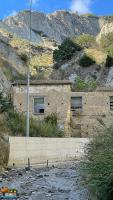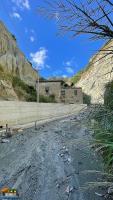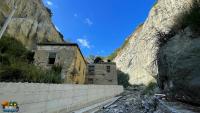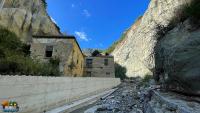At the moment the area is closed to the public for safety interventions
Where is the spring
Not far from Sant’Angelo and the Aphrodite Apollon spa gardens, on one of the hottest thermal slopes of the island, in a small patch of beach of the Maronti, for centuries the breath of Tifeo has escaped from the depths of the earth. A very interesting phenomenon due to the volcanic activity of the island of Ischia: "le Fumarole".The Olmitello spring is located in a valley behind the Maronti beach, it was believed to be capable of rounding off the calculations (stones) and making them expel (as the origin of its name indicates from the Greek round stone I do).The source is located in the southern part of the island, about a third of a mile from the sea, in an overhang between the rocks that opens onto the Maronti beach; it was made accessible by Count Giorgio Corafà, who stayed in Testaccio until his death in 1775.
How to reach the spring
It can be reached from the Maronti beach, on the wall opens the Cava di Olmitello, and at 300m, the precious water gushes out. Olmitello, is the natural coastal extension of the healing spring of Nitrodi. The path to reach the source, dug over the centuries by the running of the waters, winds through a gorge between clear sides of tuff.
What its water looks like
Its mineral water (bicarbonate-sulphate-alkaline) has a particular diuretic power. In relation to its lightness it has always been used not only for bathroom, but also as drinking water. The first valid preliminary investigation on Olmitello water was conducted in 1958 by B. Messina. Giulio Jasolino spoke of it "... not far away ... it is the famous Valle of Olmitello, so called from the name of two healthy baths, which in that spring can be seen by the same name ...". Jasolino then in his work underlined the reputation of the source acquired thanks to the healings that have taken place and known to him. Water is classified as having wonderful virtues: warm, sweet and noble water; it heals arthritis, helps the stomach and stones, eyes, palpitations and many fevers, makes tenesmus disappear (a frequent and painful sense of needing to defecate or urinate). Its properties: stimulates diuresis, improves liver function, has strong anti-uric properties, is effective in gastritis and gastroduodenitis; in ancient times it was also used in nasopharyngeal affections.
Giorgio Corafà, thanks to the stoves and the waters of Olmitello and Cavascura, managed to heal from the numerous ailments of which he was suffering, and for this reason, he had the road connecting with the Maronti family built and a column erected in the Testaccio square. to which he connected a statue of San Giorgio.
The room where the thermal water is stored dates back to 1700, while the thermal complex was built in the early years of the last century. This structure, as it is still composed today, was used for the bottling of the spring waters and for the production of salts, which are given remarkable and surprising healing properties.
What the spring looks like
Despite its splendor, and the related benefits, currently, access to the ancient spring, one of the most important and well-known on the island, is impracticable.The dense vegetation, the abandoned waste, signal a state of absolute inertia and neglect, as well as underlining a strong incivility.Conditions in dissonance with the beauty of a place looked upon with admiration by the whole world and visited by many tourists, in search of the benefits of the Olmitello waters.There is no place on the whole island that offers such a wild and sad aspect.
* Instead of the pleasant vegetation that covers the hills you cross to get there, the eye only discovers a bare and barren ground, cut sheer, where you can see just a few traces of vegetation. This circumstance, which makes the place subject to continuous landslides, was the cause of an accident of this nature which occurred some time after the death of Iasolino and the place where the source stood which concerns us was buried under a pile of rubble. It was not long after that a doctor called Pistoya, stimulated by the fame of this water and informed of the work of Iasolino, managed to find its traces. The same incident having been repeated half a century ago, the spring was covered again but, this time the water being able to open a passage through the earth, the people of the village hastened to widen this natural passage and to dig a new well in place of what had been destroyed. Next to the latter there are two masonry basins. Ancient caves, which are nearby, were once intended to serve as resting and resting places for the sick who came to make use of this water in the same places.
* 1937 edition, reproduced from French into Italian by Nicola Luongo and published by uata in the seventh part La Rassegna d’Ischia)


